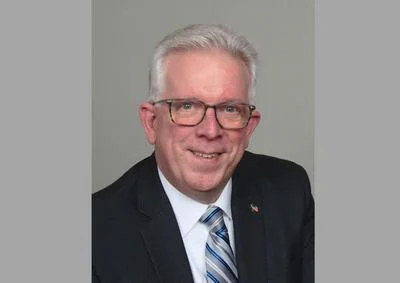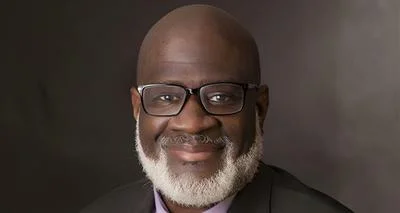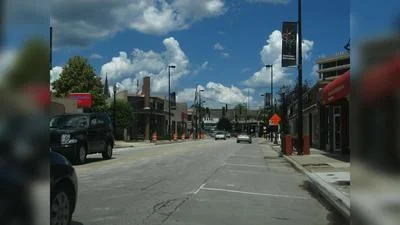Pennoyer students | https://www.facebook.com/PennoyerSchool/photos/a.200112433363050/1338529672854648/?__tn__=%2CO*F
Pennoyer students | https://www.facebook.com/PennoyerSchool/photos/a.200112433363050/1338529672854648/?__tn__=%2CO*F
The Pennoyer School District 79 board of education held a meeting that saw the district’s budget that the board will later vote on.
“We’re hoping for a surplus this year of $642,931,” Superintendent Kristin Kopta said during the meeting. “I do want to tell the board that in this budget that is being presented tonight for you to take action on, we still have one open teaching position. We still have a special education position open that we have budgeted for both salary and benefits.”
Schools can get funding from property tax. Lincoln Institute of Land Policy noted that property taxation and school funding work well together in the United States. It added that public education saw approximately $700 billion in revenue between 2018 to 2019.
The superintendent gave a brief update on the overall budget for the 22-23 school year. She explained that their beginning balances and budget was lower than expected because there were $50,000 in tax revenue that they ended up not receiving when the funds were reassessed, and because the district has not yet received all of the E-rate money that was allocated to them last year.
The Chicago Tribune reported the elementary school district was needing repairs ranging from lead in the water to leaking ceilings. Though voters said no to its $10 million bill.
The expected revenues for the district are also lower this year compared to the previous year. This is because the district has gone through almost all of their ESSER funds, and they are receiving slightly less from both the state and federal funding this year since the CARES grant has been expended.
The board will be meeting again at 7 p.m. on Oct. 12 at 5200 North Cumberland Avenue in Norridge.
Just over half of the district’s expenditures are salaries and benefits for district staff and teachers. Other large portions of their payments are purchase services, like utilities, as well as supplies and materials. While their supply costs decreased these years, all purchase services like gas and electric have increased.






 Alerts Sign-up
Alerts Sign-up